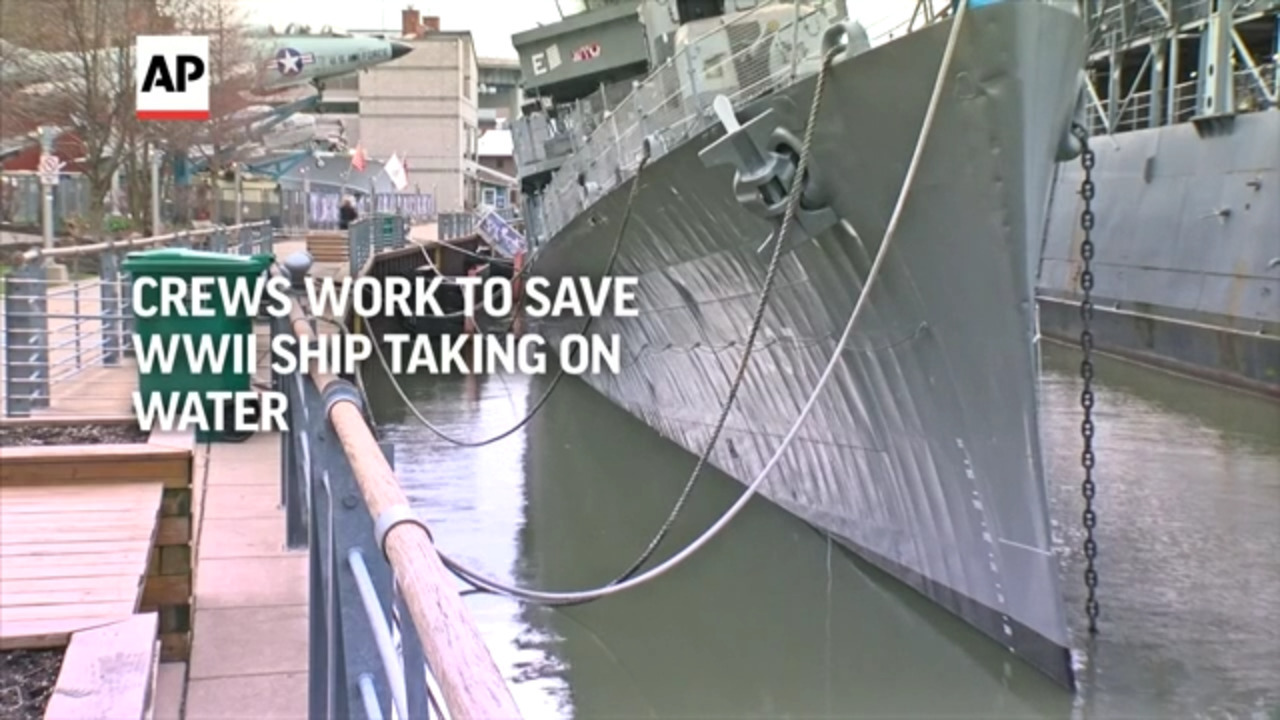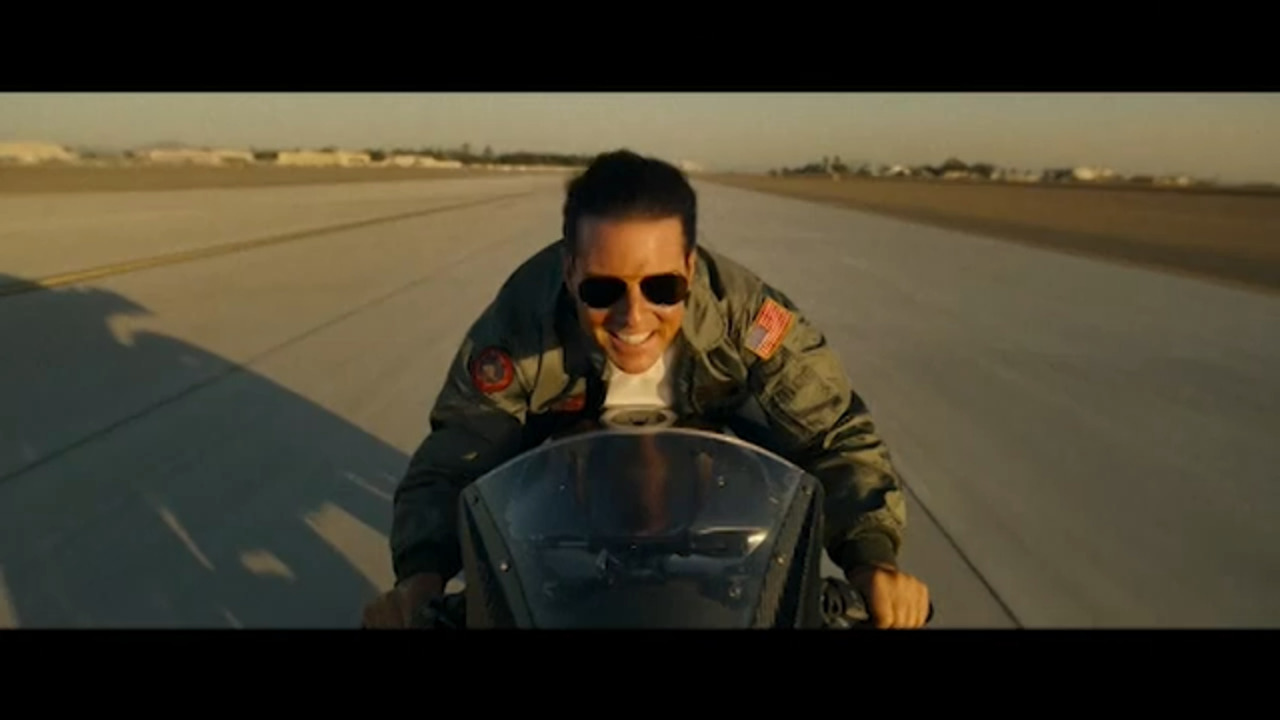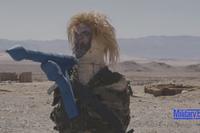The Story Behind the Tomb of the Unknown Soldier
The Tomb of the Unknown Soldier wasn't present when Arlington National Cemetery was established in 1864. It became the final resting place of many of America's greatest military leaders and heroes during the middle of the American Civil War, as that war's battles produced more dead than could be buried in existing cemeteries.
It soon became the nation's most important military cemetery. Overlooking the seat of American power, it was the most visible reminder of the true cost of war. After World War I, Congress honored the sacrifices of those who died unidentified in the Great War by honoring the remains of one representative in the Tomb of the Unknown Soldier.
World War I ended in 1918, but it wasn't until 1921 that Congress acted to create the Tomb of the Unknown Soldier in Arlington National Cemetery. The country wanted to display the honor and respect it has toward its service members, even if their sacrifice meant they will lie forever unknown.
Throughout 1921, the government used an elaborate selection process for the remains that would ultimately be interred in the tomb. More than 100,000 war dead in Europe were buried close to where they fell in combat, in some 2,000 temporary cemeteries. Though the Graves Registration Service did what it could to identify them all, too many remained unknown.
By the time the registration service was finished, there were still 4,000 missing soldiers and sailors with 1,600 unidentified remains interred overseas.
France and the United Kingdom, both American allies during World War I, had already dedicated similar tombs and memorials for their unknown war dead. By Armistice Day 1920, Britain's Unknown Warrior was laid to rest in Westminster Abbey and France's La Tombe du Soldat Inconnu lay under the Arc de Triomphe in Paris.
The United States followed those examples and brought one of its unknown soldiers home to represent them all. He would be laid to rest in a special tomb at Arlington National Cemetery.
Four sets of unknown remains were exhumed from the American cemeteries at Aisne-Marne, Meuse-Argonne, St. Mihiel and Somme on Memorial Day 1920. They were placed in identical caskets and, in October of that year, were taken to the city hall in what was then known as Châlons-sur-Marne, France.
There, Sgt. Edward F. Younger, a decorated American soldier chosen at random, chose the casket to be sent back home. The caskets were displayed so that no one could connect any of them to either of the four cemeteries.
Younger was a twice-wounded veteran of the battles of Chateau-Thierry, St. Mihiel, the Somme offensive and the Meuse-Argonne offensive. A recipient of the Distinguished Service Cross, the Army's second-highest award, Younger chose the Unknown Soldier by placing a spray of white roses on one of the caskets. The three others were buried in the Meuse-Argonne American Cemetery.
From there, a ceremonial procession aboard a special train took the selected casket to the port of Le Havre, France.
The Unknown Soldier was carried home aboard the storied ship USS Olympia, the flagship of Commodore George Dewey during his masterful defeat of the Spanish fleet in Manila Bay during the Spanish-American War.
Guarded by a force of United States Marines, the casket of the Unknown Soldier was lashed to the deck of the Olympia as it steamed for the U.S. Atlantic Coast. Along the way, the ship battled hurricane winds and 20- to 30-foot waves. The Marine guards lashed themselves to the deck and remained with the Unknown Soldier for the entire voyage.
The Olympia arrived in Washington's Navy Yard on Nov. 9, 1921, firing its guns to salute the return of the Unknown Soldier. He lay in state in the U.S. Capitol Rotunda until Armistice Day, Nov. 11, 1921. He was then transferred to the Tomb of the Unknown Soldier and interred in a ceremony officiated by President Warren G. Harding.
-- Blake Stilwell can be reached at blake.stilwell@military.com. He can also be found on Twitter @blakestilwell or on Facebook.
Want to Learn More About Military Life?
Whether you're thinking of joining the military, looking for post-military careers or keeping up with military life and benefits, Military.com has you covered. Subscribe to Military.com to have military news, updates and resources delivered directly to your inbox.



